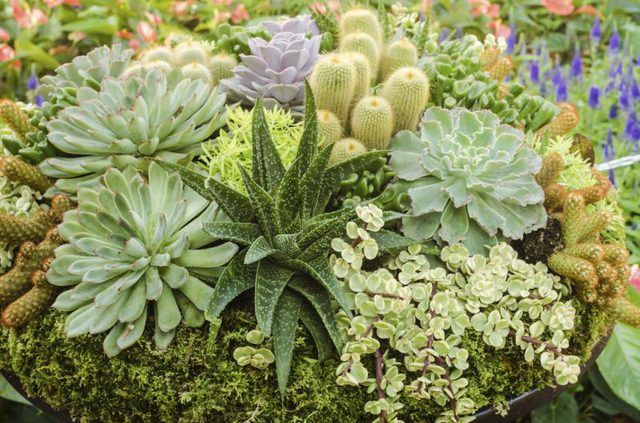Bulbs
Flower Basics
Flower Beds & Specialty Gardens
Flower Garden
Garden Furniture
Garden Gnomes
Garden Seeds
Garden Sheds
Garden Statues
Garden Tools & Supplies
Gardening Basics
Green & Organic
Groundcovers & Vines
Growing Annuals
Growing Basil
Growing Beans
Growing Berries
Growing Blueberries
Growing Cactus
Growing Corn
Growing Cotton
Growing Edibles
Growing Flowers
Growing Garlic
Growing Grapes
Growing Grass
Growing Herbs
Growing Jasmine
Growing Mint
Growing Mushrooms
Orchids
Growing Peanuts
Growing Perennials
Growing Plants
Growing Rosemary
Growing Roses
Growing Strawberries
Growing Sunflowers
Growing Thyme
Growing Tomatoes
Growing Tulips
Growing Vegetables
Herb Basics
Herb Garden
Indoor Growing
Landscaping Basics
Landscaping Patios
Landscaping Plants
Landscaping Shrubs
Landscaping Trees
Landscaping Walks & Pathways
Lawn Basics
Lawn Maintenance
Lawn Mowers
Lawn Ornaments
Lawn Planting
Lawn Tools
Outdoor Growing
Overall Landscape Planning
Pests, Weeds & Problems
Plant Basics
Rock Garden
Rose Garden
Shrubs
Soil
Specialty Gardens
Trees
Vegetable Garden
Yard Maintenance
How to Make Potting Soil for Succulents
How to Make Potting Soil for Succulents. Succulents have thick, fleshy leaves and stems that retain moisture, so they don't need a lot of water or moist soil to thrive. For example, the familiar house leek (Sempervivum tectorum), which grows in U.S. Department of Agriculture plant hardiness zones 3 through 8, and all cactus plants, are types of...

Succulents have thick, fleshy leaves and stems that retain moisture, so they don't need a lot of water or moist soil to thrive. For example, the familiar house leek (Sempervivum tectorum), which grows in U.S. Department of Agriculture plant hardiness zones 3 through 8, and all cactus plants, are types of succulents. A well-draining potting soil ensures these plants' roots aren't surrounded by wet, soggy soil that can encourage root rot.
Soil Ingredients
Soil ingredients for succulents can't retain too much moisture, because many succulents are prone to rot or fungal problems in wet soil. Ingredients that provide drainage include coarse sand, perlite and vermiculite. Sand and perlite also aerate the soil by leaving spaces between the soil particles. Vermiculite is more prone to compaction because the particles are so small. Succulents also need soil in the mix to add stability for the roots and to hold some moisture and nutrients. Any standard potting soil or sterile topsoil works well. Ground peat moss offers the benefits of both sand and soil, but it's too acidic to use on its own.
Sterile Conditions
Perlite and vermiculite are naturally sterile, but soil may need to be sterilized unless the bag says it's sterile. Sterilizing the soil kills disease pathogens and bugs that could harm your succulent plants, and is especially important if you are reusing potting soil or using garden soil in your mix. Heat a 2- to 3-inch layer of damp soil in a metal pan in an oven preheated to 200 degrees Fahrenheit. Maintain the 200 F temperature in the soil for 20 minutes, and then allow it to cool completely before adding it to your soil recipe.
Mixing Ratios
For a general succulent mixture, combine 2 parts potting soil with 3 parts drainage material. Of the 3 parts for drainage, use up to 1 part peat and 2 parts sand, perlite or vermiculite. Generally a 3:1 ratio of organic matter, which is peat and soil, to inorganic drainage material, like sand, will create a suitable mixture for most succulents. Mix the ingredients together completely and evenly with your hands so there are no clumps.
Container Tips
Well-draining potting soil only works if you put in a pot that provides drainage. Pots must have at least one drainage hole in the bottom. Although you can grow succulents in plastic pots, clay pots help wick away excess moisture in the soil, helping to prevent waterlogged soil. For most succulents, allow the soil to become dry to the touch on top and then water the soil until water drips from the pot's drainage holes. Empty standing water from the drip tray beneath the pot so the soil doesn't reabsorb it.